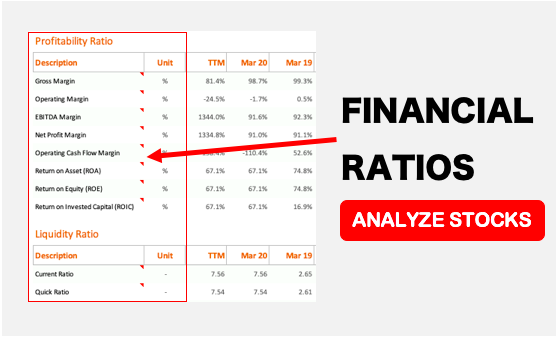There is a positive outlook for the Indian stock market in the near term. This comes despite continued selling (of about Rs.28,000 Crore in May) by foreign investors in India. There was a rebound in the market midweek, with a gain of 2.03% (Nifty), following a week of losses. This positive performance is impressive considering a comparative weaker performance in global markets (DJI, Nikkei) during the previous week.
The Indian market’s optimism can due to three main factors.
- Firstly, the Nifty index has bounced back from its recent lows and has managed to close above a key technical level, the 61.8% retracement level.
- Secondly, short-term sentiment indicators are recovering from oversold positions. It suggests that market participants are becoming more confident.
- Thirdly, A broader market participation is observed with both MidCap and SmallCap indices outperforming the Nifty index.
Before we proceed more on the market outlook, let me explain you the significance of 61.8% retracement level.
Retracement Level (61.8%)
The “61.8% retracement level” is a technical term used in financial analysis. It is specifically used in a concept called Fibonacci retracement. It is derived from the Fibonacci sequence, a series of numbers where each number is the sum of the two preceding numbers (1, 1, 2, 3, 5, 8, etc.).
In the context of stock markets, Fibonacci retracements are used to identify potential support and resistance levels following a significant price move, either up or down. These retracement levels are horizontal lines drawn on a price chart at specific percentages of the prior price move.

The 61.8% retracement level is one of the most important levels derived from the Fibonacci sequence. It is believed to represent a strong potential support level after a price decline.
Here’s the logic behind it:
- The 61.8% level is derived by dividing one number in the Fibonacci sequence by the number following it (e.g., 34 divided by 55 is approximately 0.618).
- The theory suggests that after a strong price move, there’s a high probability that the price will retrace (pull back) a certain percentage before continuing its trend.
- The 61.8% retracement level is considered a significant level because it represents a point where the price retracement might be deep enough to entice buyers to jump back in, potentially causing the price to rise again (if it was a preceding down move).
When analyzing a stock chart, we see a price decline followed by a bounce back. Suppose this bounce back happens around the 61.8% retracement level. In this case, it could be interpreted as a technical signal suggesting potential buying pressure and a possible continuation of the uptrend.
More on Outlook…
There is an interesting detail regarding the positioning of Foreign Institutional Investors (FIIs). Despite the recent market rise, FIIs continue to short the index futures. This short positioning could lead to a short squeeze, where FIIs are forced to buy back stocks to cover their short positions, further pushing the market upwards. This potential short squeeze could propel the Nifty 50 index to reach new highs, possibly surpassing the all-time high of 22,794 points.
Let’s understand what is a “short squeeze”…
A short squeeze is a phenomenon in the stock market that can cause rapid price increases. It happens when a large number of short sellers, are forced to buy back a stock they previously borrowed and sold.
Here’s a breakdown of how it works:
- Short sellers borrow shares of a stock from a broker, believing the price will decline. They then sell these borrowed shares in the market, expecting to repurchase them later at a lower price and return them to the broker, profiting from the difference.
- However, if the stock price starts to rise instead of fall, short sellers can face losses. To limit these losses, they may need to buy back the shares they sold short and return them to the broker, even if the price is higher than they originally sold it for.
- This creates a buying frenzy as a large number of short sellers scramble to repurchase the same stock at the same time. This sudden surge in demand can drive the price of the stock even higher, squeezing short sellers even further and potentially forcing them to buy back at even greater losses.
Several factors can trigger a short squeeze. Unexpected positive news about a company, a significant increase in buying pressure from other investors, or even rumours can cause the stock price to rise, catching short sellers off guard.
Further On Market Outlook…
Globally, markets also is painting a positive picture. The US markets surged after inflation data raised expectations of a Federal Reserve rate cut. This bullish sentiment boosted global markets with the Dow Jones reaching a record high of over 40,000 for the first time ever.
Although European markets saw some profit booking after a strong rally, and Asian markets were mixed, the overall sentiment remains optimistic.
Conclusion
We can assume a potential rally in the Indian stock market in the near term.
This optimism is fuelled by a combination of technical indicators, broader market participation, and the possibility of a short squeeze by FIIs.
Positive global cues, which is likely, will further strengthen the positive outlook.
Suggested Reading:






